Photo
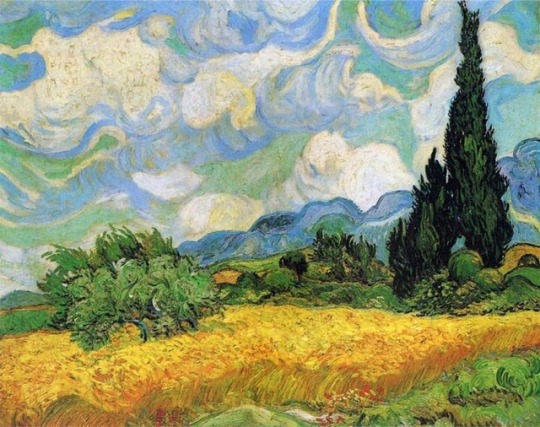
Vincent van Gogh and Impressionism
Vincent van Gogh was a post-impressionist, which means that his paintings were based on impressionism, but with a slight difference. On the right, you can see a typical painting by Van Gogh, but with a little bit of an impressionist touch to it. The painting is called Wheat Field with Cypresses, and he painted it in 1889. He has used bright colours without a lot of detail, but it is still very clear what the picture is showing. This is a very big part of impressionism.
17 notes
·
View notes
Photo
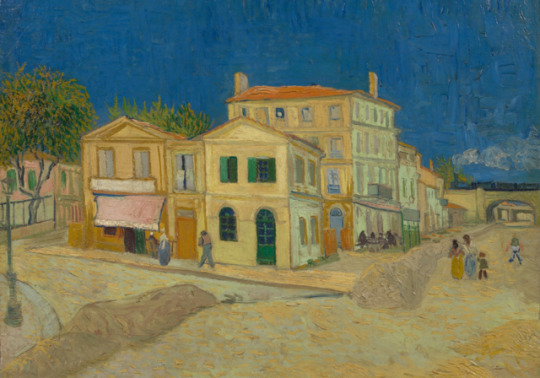

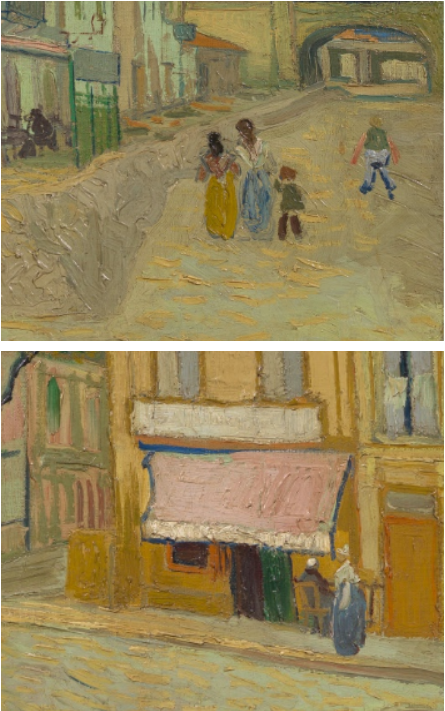
The Street / The Yellow House – Vincent van Gogh
1888 – oil on canvas
Van Gogh rented a room in Arles, the south of France, in a street full of yellow houses. He wrote to his brother Theo: ‘It’s tremendous, these yellow houses in the sunlight and then the incomparable freshness of the blue.’ He lived in the house with the green shutters, right next to a restaurant where he often ate. There is a complementary colour contrast between the yellow hues of the houses, and the bright blue of the sky above. Van Gogh called this painting ‘The Street’, but it is often referred to as ‘The Yellow House’, because that is what stands out about the painting.
7 notes
·
View notes
Photo

Almond Blossom
1890 – oil on canvas
This painting was greatly inspired by Japanese art. It was made as a present for Theo van Gogh and his wife, who had just had a baby. This was the reason van Gogh painted an almond blossom, the symbol of new life. The bright and happy blue shade and calm colours of the flowers and branches, give the painting a serene look.
33 notes
·
View notes
Photo




The Potato Eaters - Vincent van Gogh
1885 – oil on canvas
The Potato Eaters is generally seen as Vincent van Gogh’s first major artwork. It shows a group of five peasants, eating potatoes by dim light. For the painting to reflect the hard life that the poor led, van Gogh used dark earth tones: hues of umber, taupe and sepia. In the letters to his brother, van Gogh described it as ‘Something like the colour of a really dusty potato’. The peasants were given rough, troubled faces with deep shadows, to emphasise the difficult lives they led.
10 notes
·
View notes
Photo
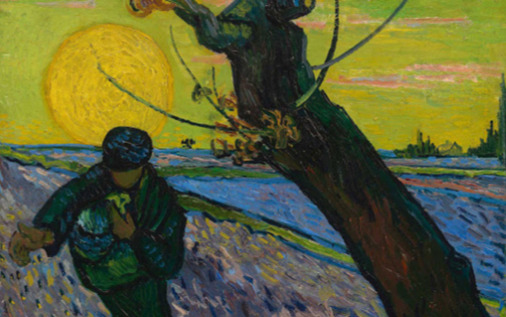


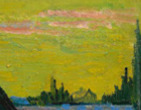
A Sower - Vincent van Gogh
1888 - oil on canvas
This work was made in 1888. Van Gogh’s intention for this painting was just to show his interest in the life of a farmer. He had always had a fascination with that; he made 30 other artworks of the same theme. For this painting he used his favourite kind of paint to work with: oil paint. Again he used colour contrasts in this artwork. The green tints of the sky form a contrast with the pinkish-red clouds, as does the yellow of the sun with the purple in the field. While the painting looks quite realistic from far away, rough brush strokes are clearly visible from up close (see bottom pictures).
3 notes
·
View notes
Photo
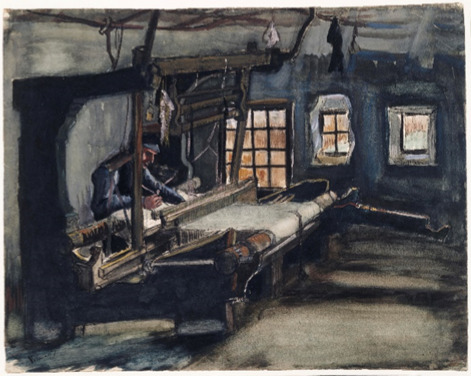
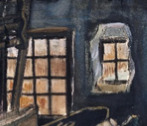

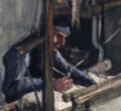
A Weaver - Vincent van Gogh
1884 - Watercolour
This painting was made in 1884, in the Dutch city Nuenen. The painting is named after what it shows exactly, namely A Weaver. This artwork shows a typical picture of what life was like in the Netherlands in the 19th century. Men used to weave the whole day, and did this at home. Van Gogh used mainly watercolour for this painting, but he drew some small details with pencil and pen.
1 note
·
View note
Photo
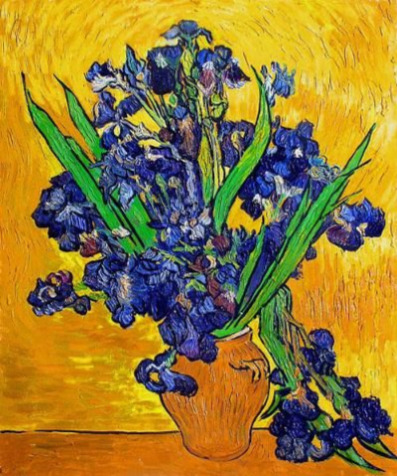
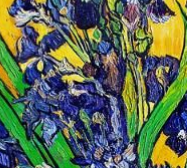
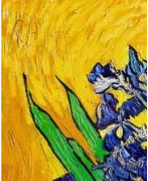

Irises - Vincent van Gogh
1890 - oil on canvas
Irises was made the year 1890. It was one of the first paintings van Gogh made after he was hospitalized in a French mental hospital in Saint-Rémy. In this painting he experimented with colour contrasts. As you can see, the background is yellow, which forms a complementary colour contrast with the purple of the irises. This makes the colours come out better and look more vibrant. The colour of the irises used to be purple but by now, the colours have faded to blue.
6 notes
·
View notes
Quote
“They’re back. I never thought I’d say those words”
Axel Rüger
In 2002, the Van Gogh museum was targeted in an art robbery. Two paintings were stolen: View of the Sea at Scheveningen, and Congregation Leave the Reformed Church in Nuenen. Especially the first one was very important to our museum, because it one of the only seascapes Van Gogh ever painted.
Now, over fourteen years later, the paintings have suddenly turned up again.
“They’re back. I never thought I’d say those words” Axel Reuger, the museum director said. As it turned out, the two paintings were hidden in Castellammare di Stabia, Italy. As the police already suspected, the two artworks were stolen by the mafia. Both artworks are still in good shape, but it is unknown when they will return to the museum.

View of the Sea at Scheveningen

Congregation Leave the Reformed Church in Nuenen
2 notes
·
View notes
Photo
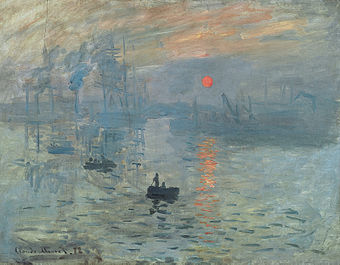

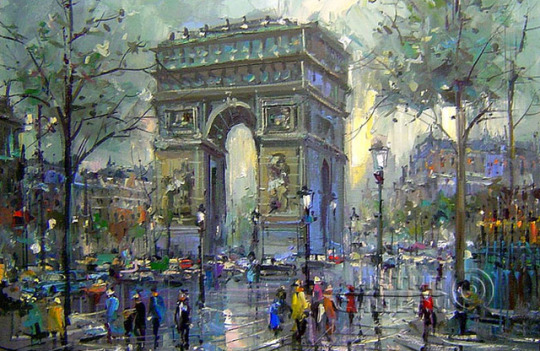
What is impressionism?
A French 19th century art movement which marked a momentuous break from traditionin European painting. The impressionisnts created a whole new painting technique: applying paint in small touches of pure colour rather than broader strokes,and painting outdoors to catch a particular impression of colour and light. The result was that the artist showed a realistic picture, and the picture of the subject would really be seen as a “capturing of the moment”, rather than a painting. Later on, we would use cameras for this, of course.
Impressionist art is a style in which the artist really captures the image of an object as someone would see it if they just caught a glimpse of it. They paint the pictures with a lot of colour and most of their pictures are outdoor scenes. Their works are very bright and vibrant. The artists like to capture their images without detail but with bold colours, so it is still really clear what they wanted to capture exactly.
4 notes
·
View notes
Photo
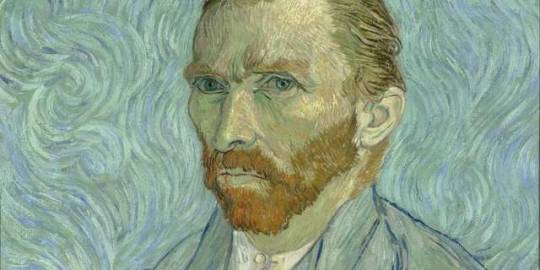
Vincent van Gogh - Early Life
Vincent Van Gogh was born in 1853, in the Netherlands. After finishing school, he decided to become an art trader. While he was happy at first, he quickly grew tired of this profession. So, he decided to study theology – the study of religion – but he failed at this, too. After he had his heart broken by a girl he loved, he started painting.
10 notes
·
View notes
Photo
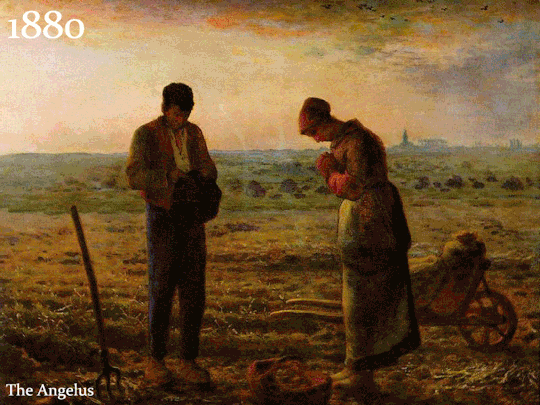
Vincent van Gogh - Life As An Artist
Vincent van Gogh’s first major artwork – The Potato Eaters – was painted in 1885. In 1886, Van Gogh devotedly started studying art in Antwerp. He became fascinated by the works of Peter Paul Rubens, who later became a source of inspiration for him. Van Gogh moved to Paris in 1887, to live with his brother Theo. Now, inspired by his favourite artists and by impressionism, he started painting again. However, his work was entirely different than before: he now used bright colours and a more impressionistic style. In his ten years as a painter – from 1880 to 1890 – he made over 900 paintings.
The video above shows the progress of van Gogh’s work throughout the years.
1 note
·
View note
Photo
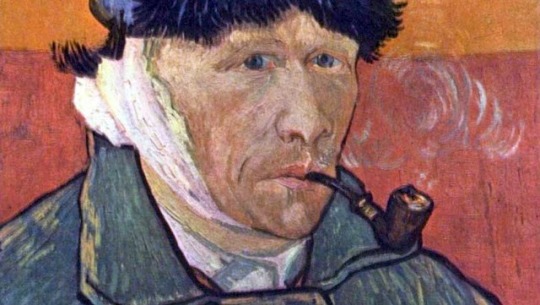
Vincent van Gogh - Mental Illness
All through his life, Vincent van Gogh battled mental illness. He suffered from severe depression, anxiety disorder, and bipolar disorder – a disorder that causes mood shifts and periods of depression. Van Gogh talks about his mental illnesses a lot in his letters to his brother, Theo. He even cut off part of his own ear, probably due to his depression. His depression had a huge impact on his life, and eventually led him to commit suicide in 1890.
3 notes
·
View notes
Photo

Vincent van Gogh - After Death
Theo van Gogh died barely half a year after his brother. Vincent’s paintings went to Theo’s widow, Jo van Gogh. She then committed herself to selling his paintings, and make him famous. She published the letters he wrote to Theo in a book called Letters to his Brother, in 1914. Longer after Jo’s death, Vincent was still gaining fame, and many people thought he deserved his own museum. So, in 1973, the Van Gogh Museum (see picture ) was opened.
6 notes
·
View notes